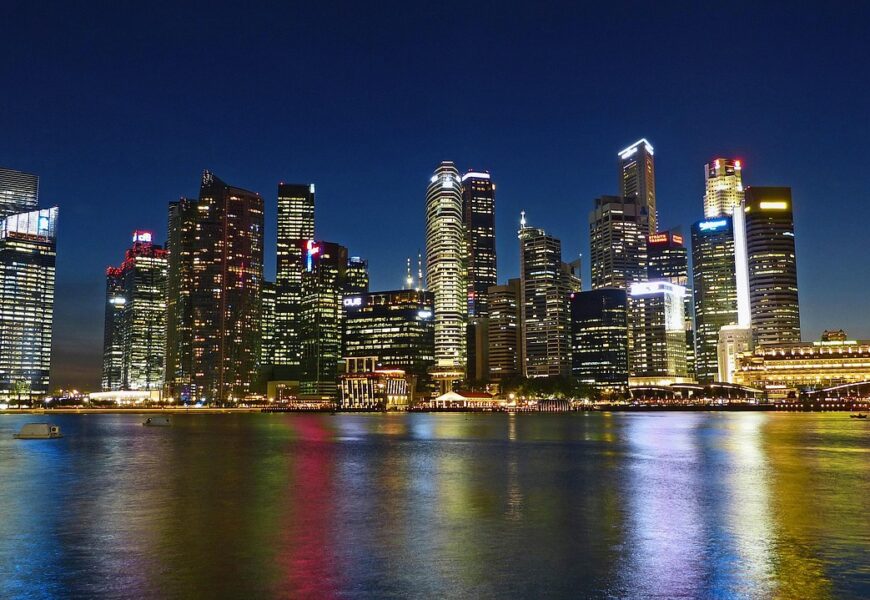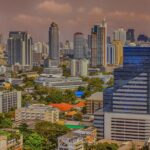Thailand’s red light districts represent a complex and controversial aspect of the country’s social and economic landscape, attracting global attention for decades. These areas, primarily located in major cities like Bangkok and Pattaya, are intricate ecosystems that intersect tourism, economic survival, social dynamics, and cultural nuances. While often sensationalized in media and popular culture, these districts are far more complicated than simplistic stereotypes suggest. Understanding their historical context, social implications, and human realities requires a nuanced, respectful approach that acknowledges the multifaceted experiences of individuals involved.
Historical Origins and Social Context
The emergence of Thailand’s red light districts can be traced back to complex socioeconomic factors, including rural poverty, limited economic opportunities, and historical gender inequalities. During the Vietnam War era, military rest and recreation zones inadvertently established infrastructure that would later evolve into modern entertainment districts. Economic marginalization, particularly in rural northeastern regions, created conditions where sex work became a potential economic survival strategy for many individuals.
Sociological research reveals that these areas are not monolithic but represent diverse experiences influenced by class, gender, regional background, and individual agency. Contrary to popular misconceptions, many participants are not passive victims but active economic agents making strategic choices within constrained circumstances. Understanding these nuanced dynamics requires moving beyond sensationalist narratives toward empathetic, contextual analysis.
Geographic Concentration and Major Areas
Thailand’s most prominent red light districts are concentrated in specific urban zones, with Bangkok’s Patpong, Nana Plaza, and Soi Cowboy being internationally renowned. Pattaya’s Walking Street represents another significant hub, attracting thousands of international visitors annually. Each location possesses unique characteristics, demographic compositions, and operational dynamics that distinguish them from simplistic, homogeneous representations.
These areas are not isolated spaces but integrated into broader urban landscapes, interacting with surrounding commercial, residential, and tourist infrastructure. Local economies are deeply interconnected with these entertainment zones, creating complex webs of economic dependency and social interaction that extend far beyond surface-level perceptions.
Legal and Regulatory Frameworks
Thailand’s legal approach to adult entertainment remains ambiguous and constantly evolving. While direct sex work is technically illegal, enforcement remains inconsistent, creating a complex regulatory environment. Government policies oscillate between strict regulatory measures and pragmatic tolerance, reflecting broader societal tensions surrounding these spaces. Local authorities often implement nuanced strategies that balance public health concerns, tourism economics, and social control.
International pressure, human rights considerations, and internal social movements continuously reshape regulatory landscapes. Recent years have seen increased emphasis on combating human trafficking, protecting vulnerable populations, and implementing more transparent, humane governance strategies within these districts.
Economic and Social Implications
The economic significance of these districts extends far beyond immediate transactional interactions. They represent substantial economic ecosystems involving hospitality workers, entertainment venue staff, local businesses, transportation services, and ancillary industries. Annual economic contributions are estimated in hundreds of millions of dollars, highlighting their complex role in Thailand’s broader economic infrastructure.
However, these economic benefits coexist with significant social challenges, including potential exploitation, health risks, and systemic inequalities. Responsible engagement requires acknowledging both economic realities and potential human rights concerns, moving beyond simplistic moral judgments toward nuanced understanding.
Safety and Ethical Considerations
Visitors to these areas must prioritize personal safety, respect local cultural norms, and maintain ethical standards. Recommended practices include maintaining situational awareness, avoiding excessive alcohol consumption, respecting personal boundaries, and approaching interactions with genuine respect and cultural sensitivity. Understanding local legal frameworks and potential risks is crucial for responsible engagement.
Moreover, travelers should critically examine their motivations, challenge problematic power dynamics, and recognize the full humanity of individuals working in these environments. Ethical tourism demands moving beyond objectification toward genuine cross-cultural understanding and mutual respect.
Thailand’s red light districts represent a profound, multifaceted social phenomenon that defies simplistic categorization. They embody complex intersections of economic survival, cultural dynamics, individual agency, and global economic flows. Responsible engagement requires moving beyond sensationalism toward empathetic, nuanced understanding that recognizes human complexity and dignity. By approaching these spaces with respect, critical awareness, and genuine curiosity, we can develop more sophisticated perspectives on social diversity and human experience.









